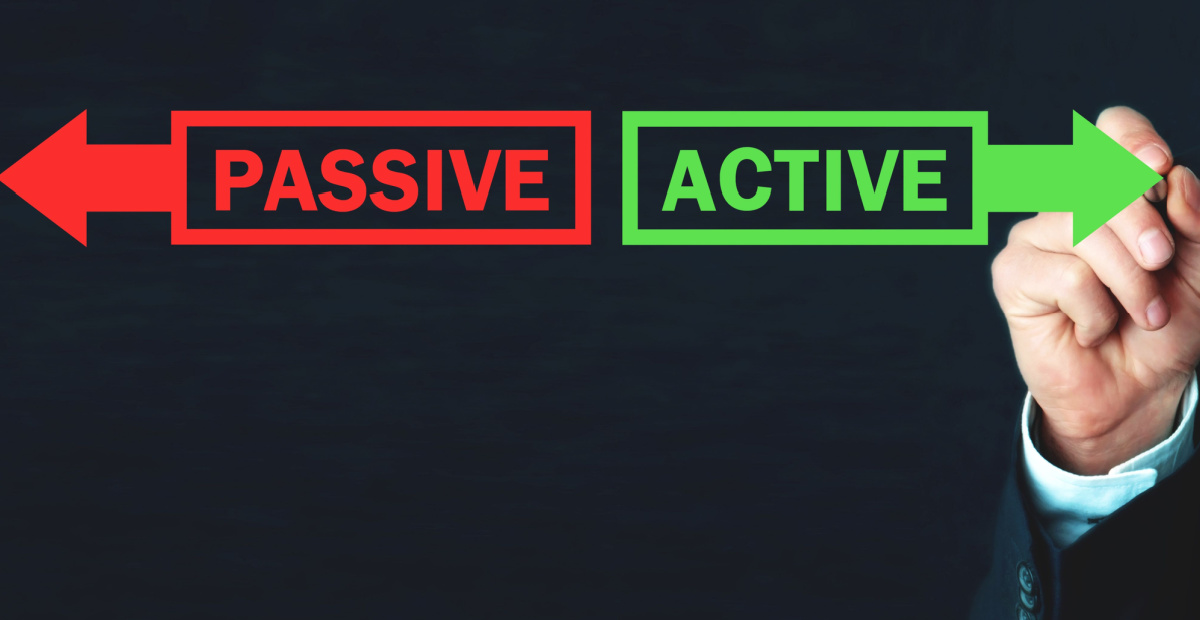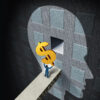Opportunities for active management

A majority of active managers fail most of the time to outperform the market, with any outperformance tending to be temporary. This was the view of Anu Ganti CFA — Senior Director, Index Investment Strategy at S&P Dow Jones Indices (DJI) — who points to S&P DJI research to argue that index investors have an above-average chance of achieving above-average investment results.
The pair expressed their views during an Institute of Managed Accounts Professionals (IMAP) forum. So, why is active management so difficult?
As part of a wide-ranging discussion on active management at an IMAP Independent Thought Roundtable (in association with S&P DJI), Anu believes there are four core reasons as to why active management is difficult:
- Varying rewards to the skill required in picking stocks;
- Return skewness;
- Professionalisation; and
- Cost.
According to Anu, stock dispersion can provide a tailwind for skilled stock pickers, but she also believes it’s a double-edged sword. While there is greater opportunity for stock pickers when they get the call right, there is also greater opportunity for embarrassment when they get the call wrong.
In terms of return skewness, Anu says outperformance is generally driven by a few stocks, which contributes to the difficulty of active management. “Skewness of stocks really makes the case for diversification and owning more stocks, because there’s no knowing what those few winners are going to be tomorrow. The probability of outperformance rises when portfolios hold more stocks.”
Anu believes return skewness does handicap active managers, with 50 per cent of selections outperforming the median return, and less than 50 per cent outperforming the average return. “If a majority of active managers underperform by ‘a little’, then a minority of active managers can outperform by ‘a lot’,” she says.
As for professionalism, she adds that with more professional investors chasing alpha and the next ‘big stock’, investing is getting harder. And when funds shift from active to passive, it’s the least skilful active managers that lose the most assets.
Finally, cost is also a factor that contributes to the difficulty of active management. Anu uses the U.S. as an example, where on average in 2022, active funds were on 0.66bps, compared to index funds on 0.05bps. Over a 26-year period, S&P research found that index investors achieved US$403 billion in cumulative savings compared to active funds (this figure does not include S&P’s competitors, in which case, the actual savings would be even larger).
Challenging but not impossible
Veronica Klaus — Head of Investment Consulting at Lonsec — agrees that active management is difficult. However, while she believes it’s challenging for portfolio constructors to pick active managers that can outperform the market during periods of volatility and uncertainty, it’s not impossible.
“If you look at the current environment, there is not a lot of direction coming from the market —one minute, value is outperforming and the next, growth is outperforming — which means it’s important you have exposure to both styles,” says Veronica. “Manager selection should be about the totality of your portfolio, by ensuring you have various strategies within the portfolio that complement each other. Only through diversification are you able to consistently generate alpha in different environments.”
Sitting at the heart of any quality value-add manager is an effective team that can successfully implement the manager’s processes and strategy over an extended period of time, says David Wanis CFA — Founder, Chief Investment Officer and Portfolio Manager at Longwave Capital Partners.
Longwave Capital has developed an investment process that combines intensive fundamental analysis with quantitative technology, which provides investors with a unique, diversified small companies fund that focuses on high quality companies it thinks will be tomorrow’s winners.
And although active managers can struggle with consistency of outperformance, Veronica claims she hasn’t seen a great deal of churn in terms of asset allocators switching between active managers. However, she accepts that the approach to active management can be more mixed with clients.
“Some clients have very strict budgets around costs and fees. So, for those clients, you need to take a passive approach for your beta exposure, and use your active exposure as satellites,” says Veronica. “Remember, there’s no perfect way of building a portfolio. It’s about ensuring that your end result aligns to your investment philosophy and the investment needs of your clients.”
Anu Ganti CFA is Senior Director, Index Investment Strategy at S&P Dow Jones Indices; David Wanis CFA is Founder, Chief Investment Officer and Portfolio Manager at Longwave Capital Partners; and Veronica Klaus is Head of Investment Consulting at Lonsec. They spoke on the role of active management at an IMAP Independent Thought Roundtable (in association with S&P DJI).











If CSLR is the ‘last resort’ please tell us ASIC what measures have been taken before you hit innocent advisers…
ASIC, So who do you think are going to pay your $200m in fines when this lot can’t even pay…
When, oh when, are you going to do an analysis of "wholesale only" advisers who are NOT on the FAR…
I’ve just paid the $1,295 CSLR levy, and honestly, I’m frustrated that my hard-earned money is being used to cover…
Just remind us again how much money a super trustee spent on their 40th birthday party using member funds? What…